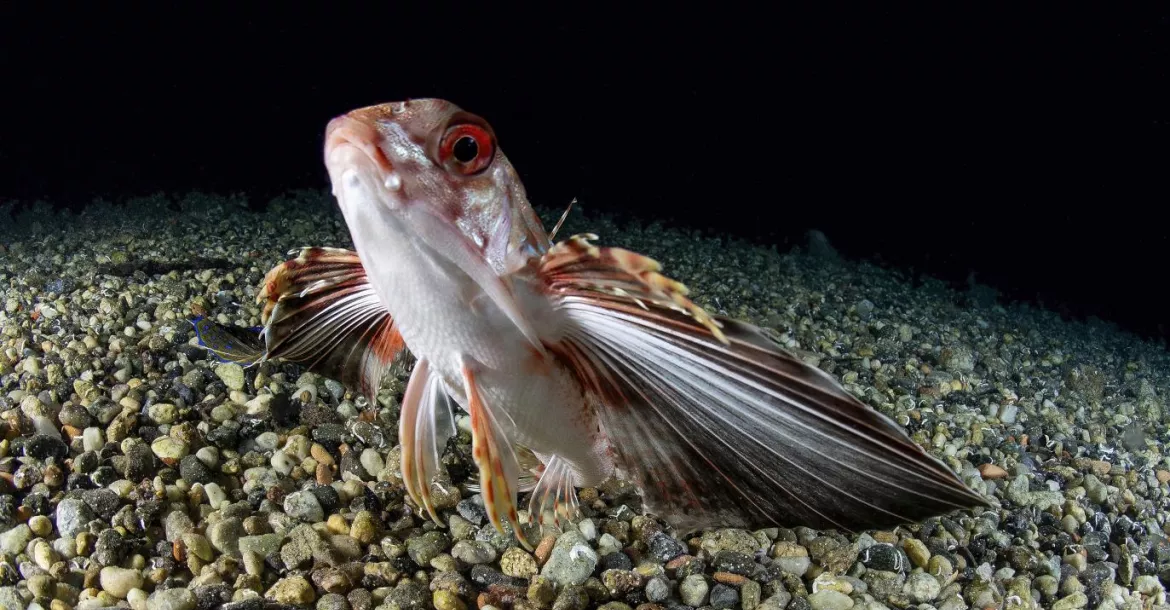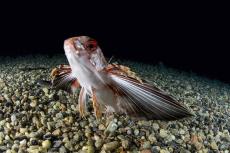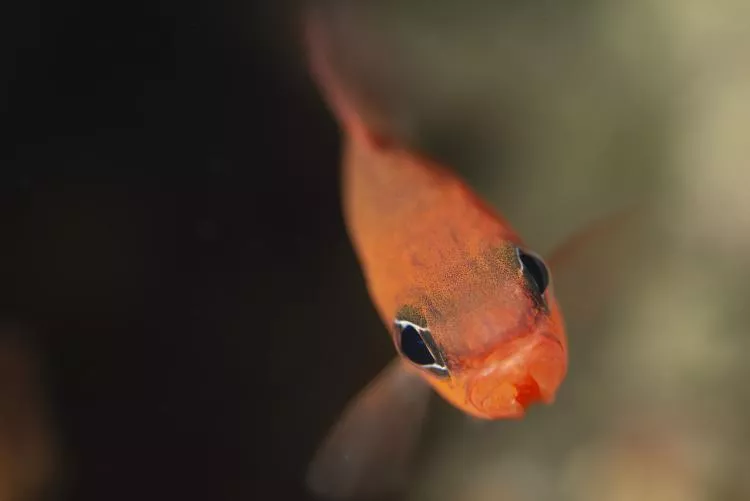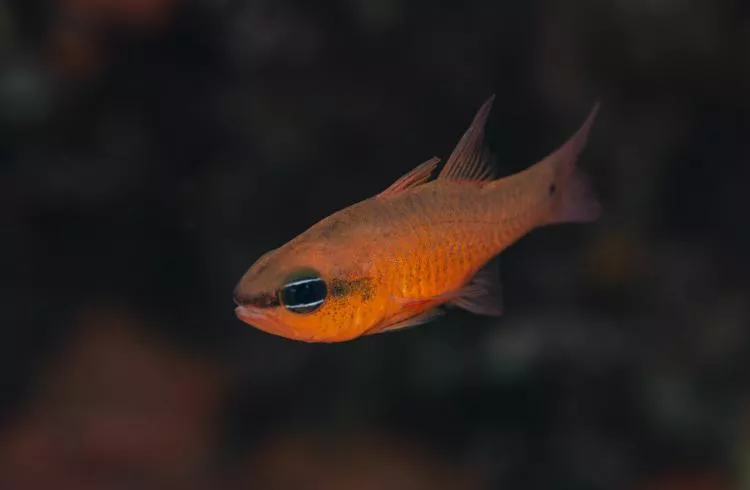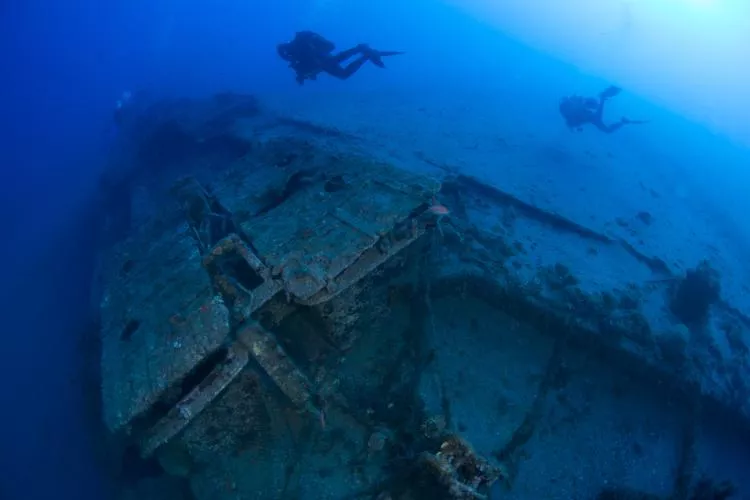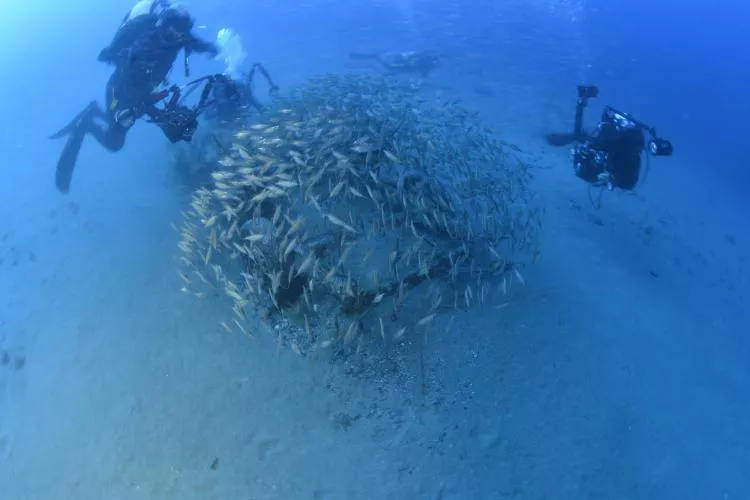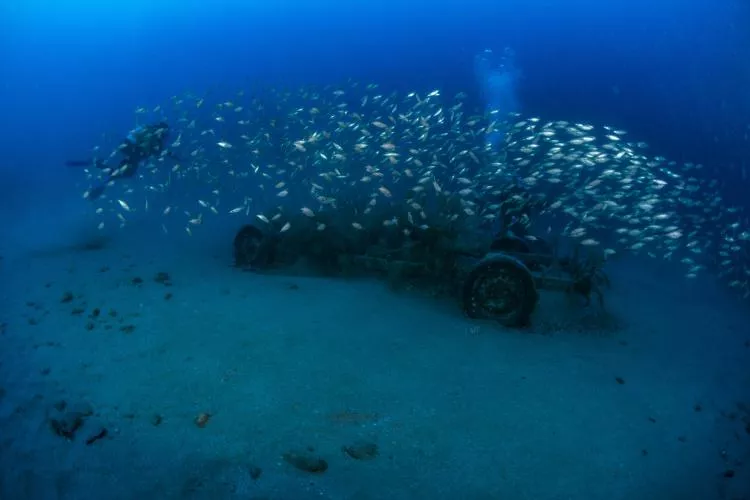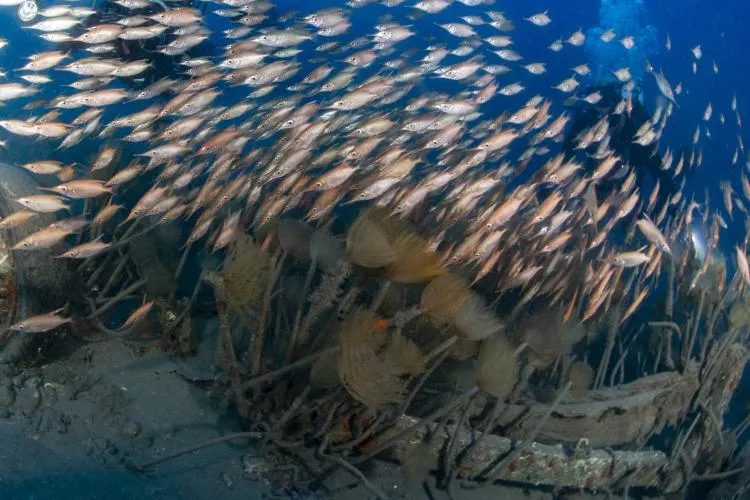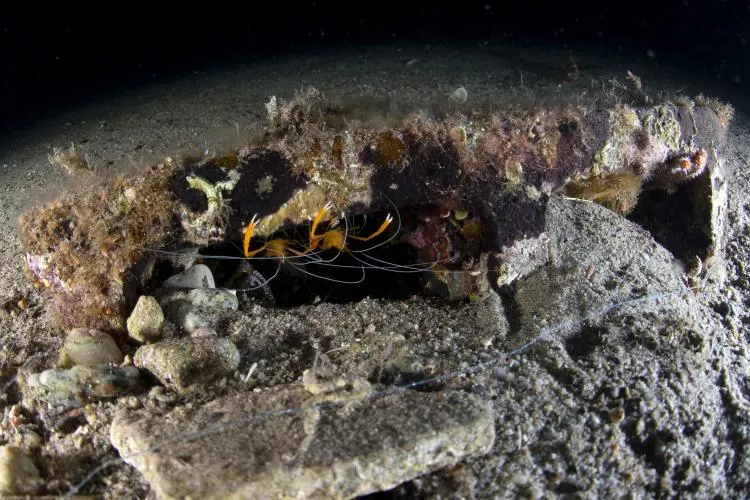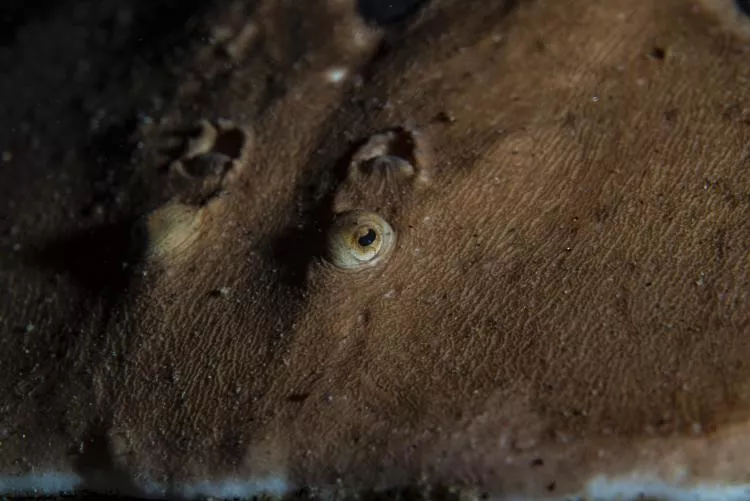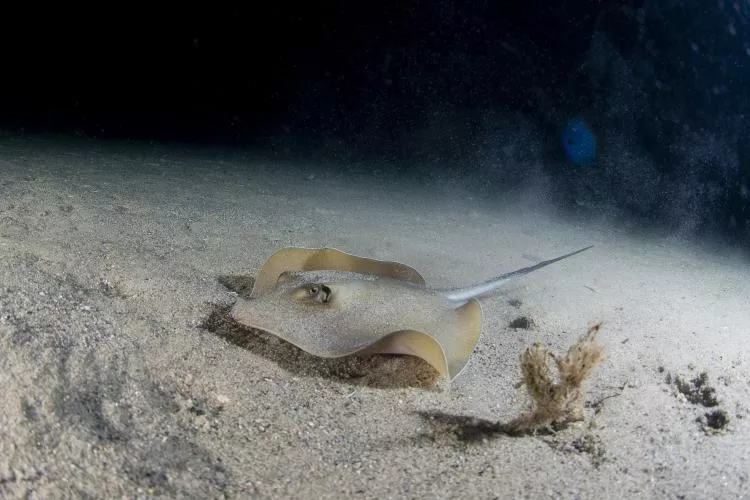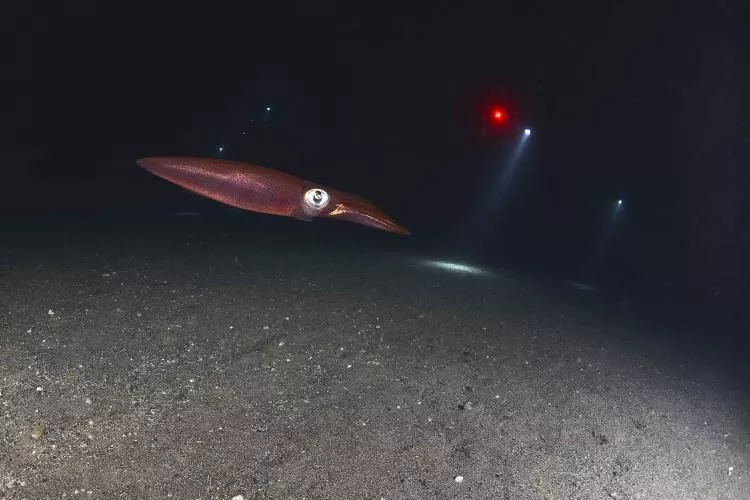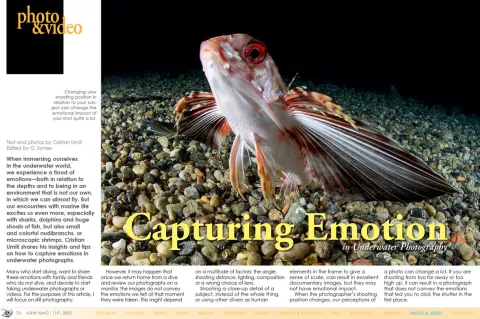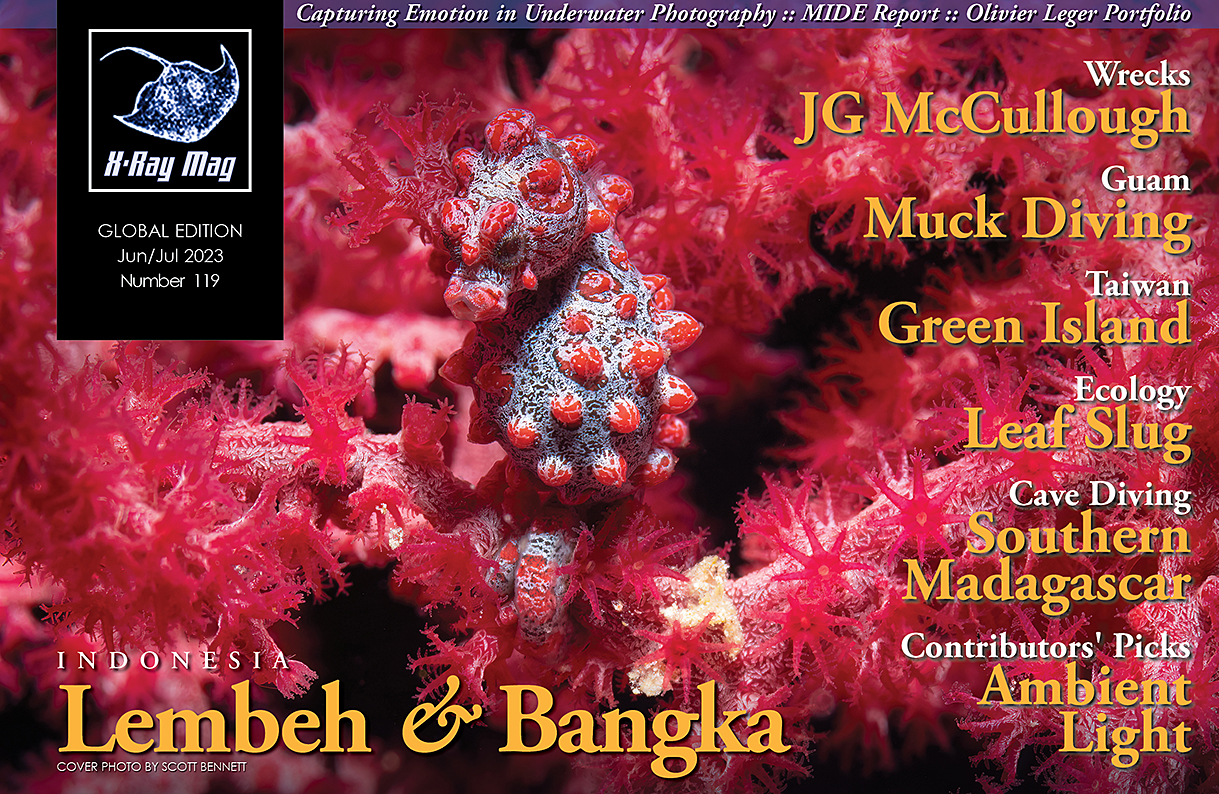When immersing ourselves in the underwater world, we experience a flood of emotions—both in relation to the depths and to being in an environment that is not our own, in which we can almost fly. But our encounters with marine life excite us even more, especially with sharks, dolphins and huge shoals of fish, but also small and colourful nudibranchs, or microscopic shrimps. Cristian Umili shares his insights and tips on how to capture emotions in underwater photographs.
Contributed by
Many who start diving, want to share these emotions with family and friends who do not dive, and decide to start taking underwater photographs or videos. For the purposes of this article, I will focus on still photography.
However, it may happen that once we return home from a dive and review our photographs on a monitor, the images do not convey the emotions we felt at that moment they were taken. This might depend on a multitude of factors: the angle, shooting distance, lighting, composition or a wrong choice of lens.
Shooting a close-up detail of a subject, instead of the whole thing, or using other divers as human elements in the frame to give a sense of scale, can result in excellent documentary images, but they may not have emotional impact.
Then the photographer’s shooting position changes, our perceptions of a photo can change a lot. If you are shooting from too far away or too high up, it can result in a photograph that does not convey the emotions that led you to click the shutter in the first place.
The big question
A question one should always ask oneself when taking a shot is, “Why am I about to press the shutter button?” What is it that has struck you about the subject and moved you to decide to take the shot? From here, the photographer should try to control emotions and think about what one can do to make the photograph convey one’s emotions, even to people who have never put their heads underwater.
The do-over dive
This summer, I happened to dive in a place I did not know. It was on a sandy bottom where there was a trolley for a dinghy transport and a shoal of trumpetfish were all around it. During the first dive at this site, I started shooting, following my emotions. But then, when I returned topside and had a look at the images on a computer monitor, they did not satisfy me.
I had wasted a lot of time underwater, experimenting with how to get the lighting right, and how to get the right framing for the composition, in order to take a shot that encapsulated the emotion of being there, in the middle of this compelling underwater scene. So, I redid the dive, just to be able to focus on shooting, already knowing what kind of “show” I would find at this dive site.
Direct eye contact
Even if we photograph a fish, we can convey an emotion to whomever views the photograph. Instead of shooting a fish from the side, we can shoot it (head-on) from the nose, where there will be direct eye contact with the fish, and thus, the viewer. Those who view the image will then find themselves looking the fish in the eye, and this will arouse more emotions.
Lens choice
When one makes one’s very first night dive, one is usually overwhelmed by emotions, including a sense of fear and bewilderment, but also amazement. Then, with experience, one learns to control these emotions, and as a photographer, transfer them to whomever views the photographs one takes during a night dive.
The lens that best captures the feeling of night diving is the fish-eye lens, with a minidome, which allows one to get close to a subject while setting it against the blackness of the surrounding water. And, where available, place divers in the background, with their torches on, to emphasize the strange reality of a night dive for those who have never gone underwater.
Final thoughts
In addition to taking beautiful photographs on a technical and aesthetic level, always try to create emotional images. Try to involve those who will view the photograph and convey to them what you felt in the moment you took the shot. ■

